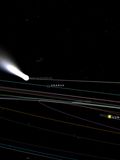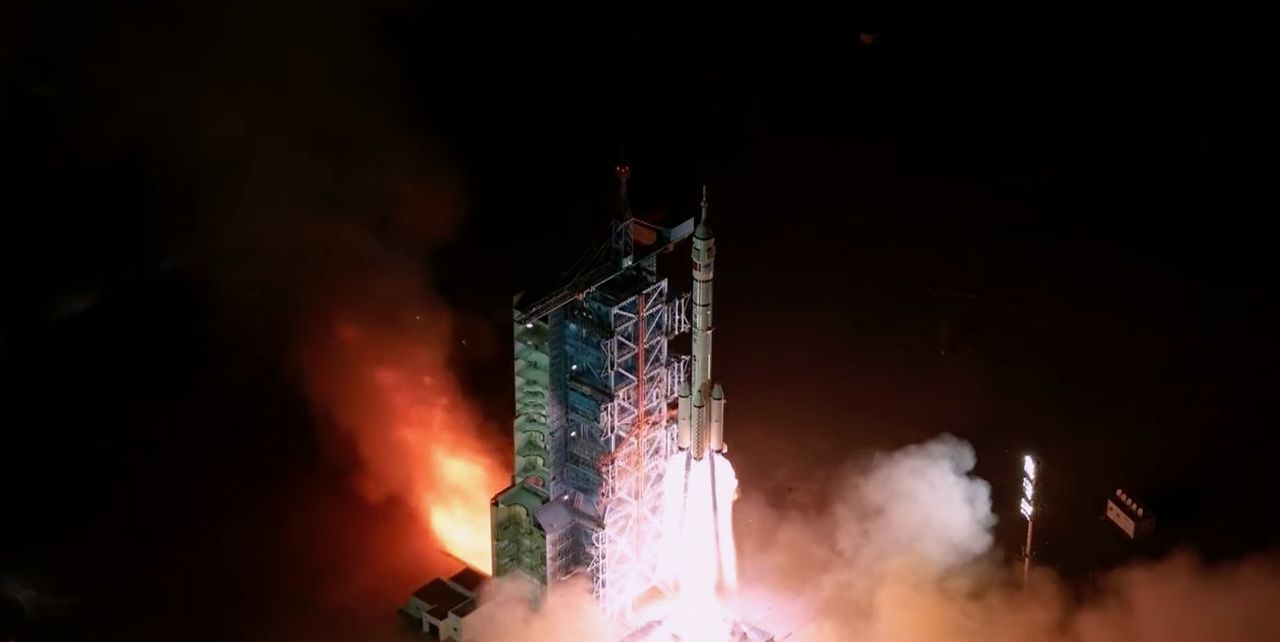The interstellar comet 3I/Atlas recently reached its perihelion, marking the moment it was closest to the Sun. This celestial body is now traveling away from the Sun at approximately 210,000 kilometers per hour, on a trajectory that will ultimately lead it out of the solar system. With its unusual composition and age suggesting an extrasolar origin, astronomers have a rare opportunity to study its characteristics before it departs forever in January 2026.
As comet 3I/Atlas continues its journey, it is projected to pass about 270 million kilometers from Earth on December 19, 2023. This distance is nearly 700 times the average distance between the Earth and the Moon, making it impossible for casual observers to see the comet with the naked eye. Nevertheless, powerful telescopes will have the opportunity to observe the comet for several days, providing valuable data to help scientists better understand its composition.
A steady behavior has been noted so far, indicating that the comet will continue on its current path without unexpected changes. For those interested in tracking its movement, various online platforms offer real-time updates. Websites such as The Sky Live provide continuous monitoring of 3I/Atlas, detailing its distance from Earth as well as its position relative to nearby constellations. These platforms also predict its coordinates for the coming weeks, allowing enthusiasts to prepare for viewing opportunities.
In addition, other resources like 3Iatlaslive utilize data from NASA to create 2D maps illustrating the comet’s route through the solar system. Live broadcasts are available on platforms such as YouTube, showcasing the comet’s passage in real time. These broadcasts are powered by a simulator developed by NASA as part of the Eyes on the Solar System project, which remains accessible despite the agency facing challenges from the ongoing US government shutdown.
As more observations are made, the data collected from comet 3I/Atlas will contribute to our understanding of such interstellar objects and their impact on our solar system. The unique characteristics and trajectory of this comet present an exciting opportunity for astronomers and the public alike to engage with the wonders of space exploration.







